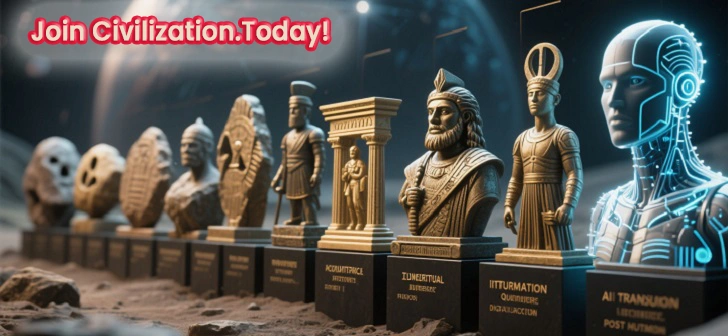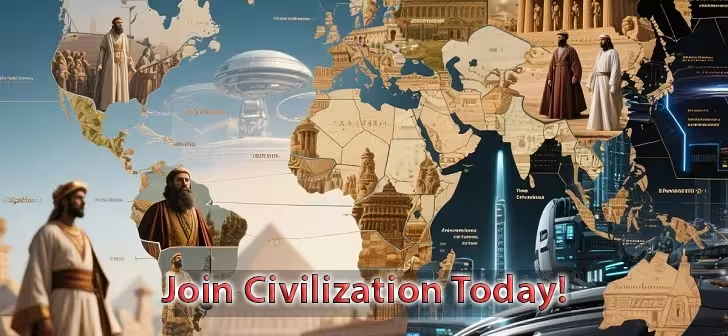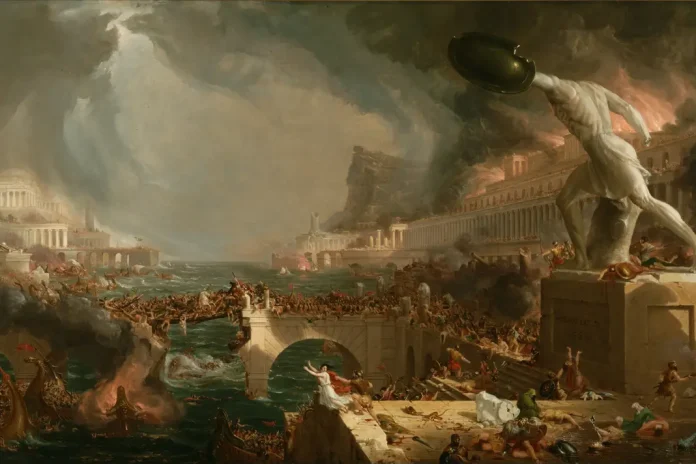Climate change is often seen as a modern-day crisis, but history tells a deeper, more surprising story. Ancient civilizations—from the mighty Egyptians to the legendary Mayans—rose and fell in ways deeply intertwined with shifts in the climate. To uncover these fascinating connections, we sat down with Dr. Maria Ellis, a leading historian and climatologist, whose research has rewritten much of what we thought we knew about climate change history.
The Forgotten Link Between Climate and Civilizations
For centuries, historians explained the collapse of ancient empires through political instability, warfare, or poor leadership. But according to Dr. Ellis, these factors often hid a more powerful, invisible force—climate.
“Empires are like plants,” Dr. Ellis explains. “They thrive under the right conditions and wither when the environment changes. Ancient rulers didn’t just govern people—they governed water, crops, and weather patterns they couldn’t control.”
From long droughts in the Fertile Crescent to unexpected floods in ancient China, climate shifts repeatedly disrupted trade, agriculture, and political stability.
The Egyptian Nile and the Pulse of the Empire
One of the clearest examples in climate change history comes from ancient Egypt. The Nile’s predictable flooding was the lifeline of Egyptian agriculture. But Dr. Ellis’s studies reveal that subtle changes in rainfall thousands of kilometers away in Ethiopia could make or break harvests.
“When Nile floods failed for multiple years,” she says, “it wasn’t just a bad farming season—it was the beginning of famine, economic collapse, and sometimes rebellion.”
Egypt’s Old Kingdom decline around 2200 BCE coincided with a severe drought. Archaeological evidence shows widespread abandonment of settlements and inscriptions begging the gods for rain.
The Maya and the Century of Drought
The collapse of the Maya civilization in Central America remains one of history’s great mysteries. While warfare and political fragmentation played roles, Dr. Ellis points to climate records from cave stalagmites and lake sediments.
“These records tell us there were repeated droughts lasting decades,” she says. “Without steady rain, the Maya’s advanced agricultural system—based on maize—couldn’t sustain their population. Even the most sophisticated society can’t fight nature forever.”
Interestingly, Maya art from this period shows increased rituals and offerings to rain gods, suggesting leaders understood the crisis but couldn’t solve it.
How Rome Fell Under Frozen Skies
While the fall of Rome has been endlessly debated, climate change history adds another layer to the story. Dr. Ellis describes a period called the Late Antique Little Ice Age (around 536–660 CE), triggered by massive volcanic eruptions.
The result? A sudden drop in global temperatures, failed harvests, and widespread famine across Europe and Asia.
“When you combine political instability with environmental disaster,” Dr. Ellis notes, “it’s like shaking a building with loose foundations—it will eventually fall.”
Records from the time describe “a sun that gave no warmth” and darkened skies, adding a chilling climate twist to Rome’s decline.
Climate Change as a Driver of Migration and Conflict
Another striking insight from Dr. Ellis’s research is that climate shifts didn’t just destroy civilizations—they also moved people, often with huge historical consequences.
The Great Migration Period in Europe (4th–6th centuries CE), which saw Germanic tribes, Huns, and others moving across the continent, coincided with climatic disruptions. In some regions, cold spells and crop failures pushed entire communities to seek better lands—often clashing with existing powers.
Lessons for Today from Ancient Climate Crises
Dr. Ellis stresses that studying climate change history isn’t just about looking back—it’s about preparing for the future.
“Ancient societies didn’t have satellites, global trade, or renewable energy. But like us, they depended on stable weather and predictable resources. When those disappeared, the consequences were dramatic and fast.”
She points out that while technology gives us tools to adapt, human behavior—conflicts over resources, political denial, and social inequality—remains a timeless challenge.
The Power and Limits of Adaptation
Not every ancient climate shift led to collapse. Some societies innovated their way through change.
The ancient Persians built elaborate qanat irrigation systems to bring water from underground aquifers during droughts. The Inca constructed terrace farming systems to manage rainfall and erosion in the Andes.
“History shows that adaptation works—up to a point,” Dr. Ellis explains. “But adaptation takes foresight, unity, and resources. When those are missing, disaster follows.”
Climate Change History in Modern Policy
Dr. Ellis believes that policymakers today can learn a lot from ancient climate events.
“When you see that even the most powerful empires could fall to environmental shifts, it changes how you think about resilience,” she says. “Ignoring climate risks isn’t just bad for the planet—it’s bad for national security.”
Her team is currently working with governments to integrate historical climate data into future planning, ensuring that lessons from the past are not forgotten.
The Takeaway: History Is Warning Us
The past is full of warnings. Civilizations that ignored environmental change paid the price—sometimes in ways that reshaped entire regions for centuries. Dr. Ellis’s work is a reminder that climate is not just a background condition of history—it’s an active, often decisive player.
As she puts it:
“We think we control nature, but history shows the opposite. Climate doesn’t just shape landscapes—it shapes destinies.”
Key Highlights from the Interview
- Ancient Egypt’s rise and fall was closely tied to Nile flooding cycles.
- The Maya civilization collapsed during a prolonged century of drought.
- The Roman Empire’s decline coincided with volcanic winters and crop failures.
- Climate change has historically driven massive migrations and conflicts.
- Some civilizations adapted successfully—but only with innovation and unity.
Why This Matters Now More Than Ever
Understanding climate change history gives us a sobering yet empowering perspective. While we face unprecedented global warming today, we also have the benefit of foresight, global communication, and advanced science.
But as Dr. Ellis warns, “Technology won’t save us if politics and society fail to act together. The past teaches us that climate is relentless. The question is whether we will be wiser than our ancestors.”
Final Thought: Ancient empires didn’t have the choice we have today—they couldn’t stop volcanic eruptions or global droughts. We can influence our climate trajectory. But only if we learn from the echoes of history.




